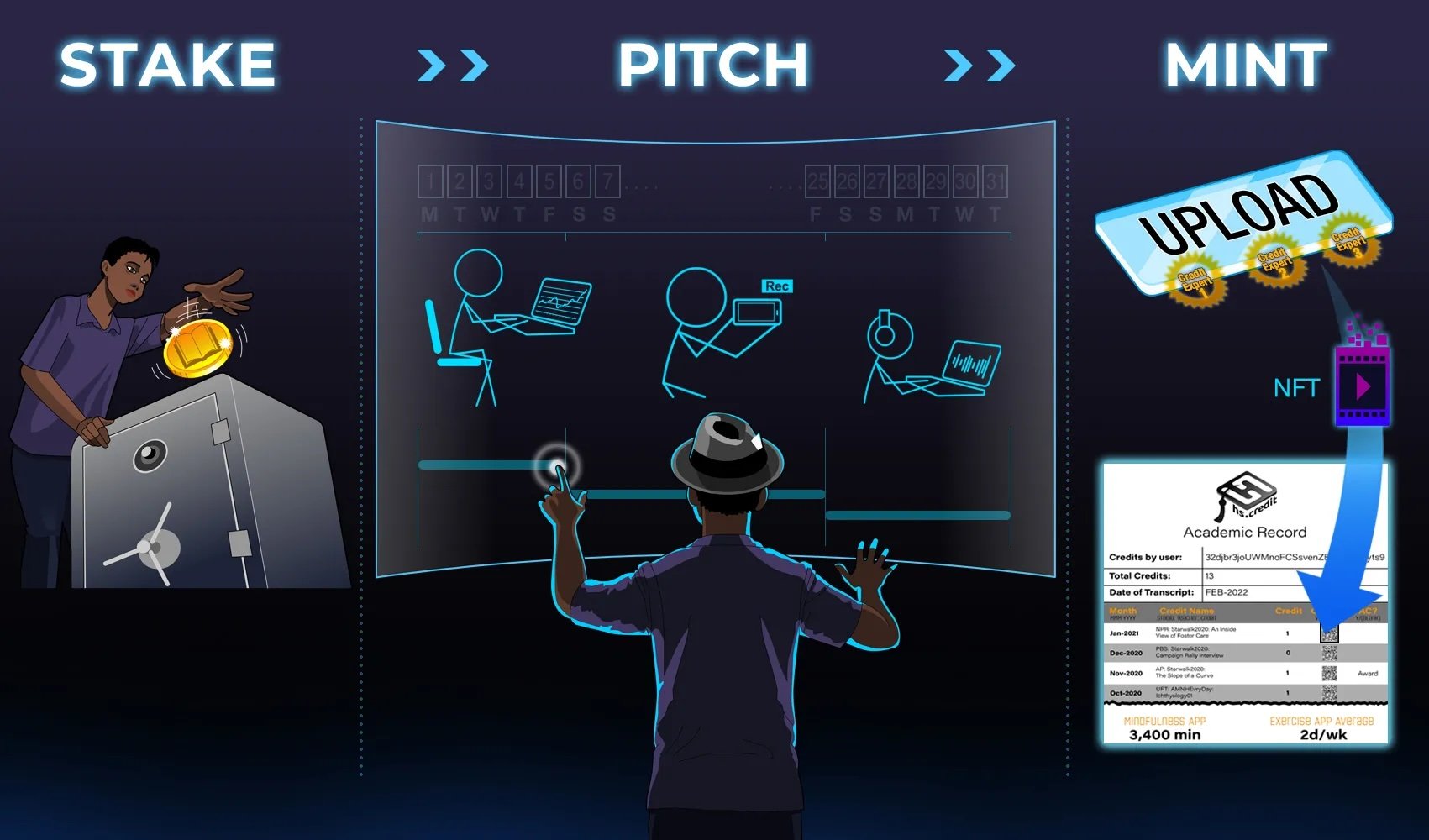Welcome to the hs.credit Blog
Explore the intersection of learning and technology. Discover new ways to empower students. Harness the potential of AI. Prepare for the first period of rapid edu evolution in 150 years.
Let's shape the future together.
Featured Posts
by date of
publication

This Is Blowing Up, Slowly
Inspired by the disruptive potential of podcasting and Bitcoin, hs.credit is launching a platform that revolutionizes the way high school credits are earned and assessed. By inverting the traditional model, hs.credit puts student-led creation at the forefront, focusing on strengths-based, performance-based learning through student-created media projects. This approach empowers students to take ownership of their learning and showcase their talents, paving the way for a more engaging and equitable educational landscape.

The Unexpected Power of $5
hs.credit, a platform set to transform high school education, is seeking your support. A $5 donation is not just about the money; it provides valuable data, social proof, and helps create a sustainable funding model. Your contribution is an investment in the future of education and helps unlock the full potential of every student.
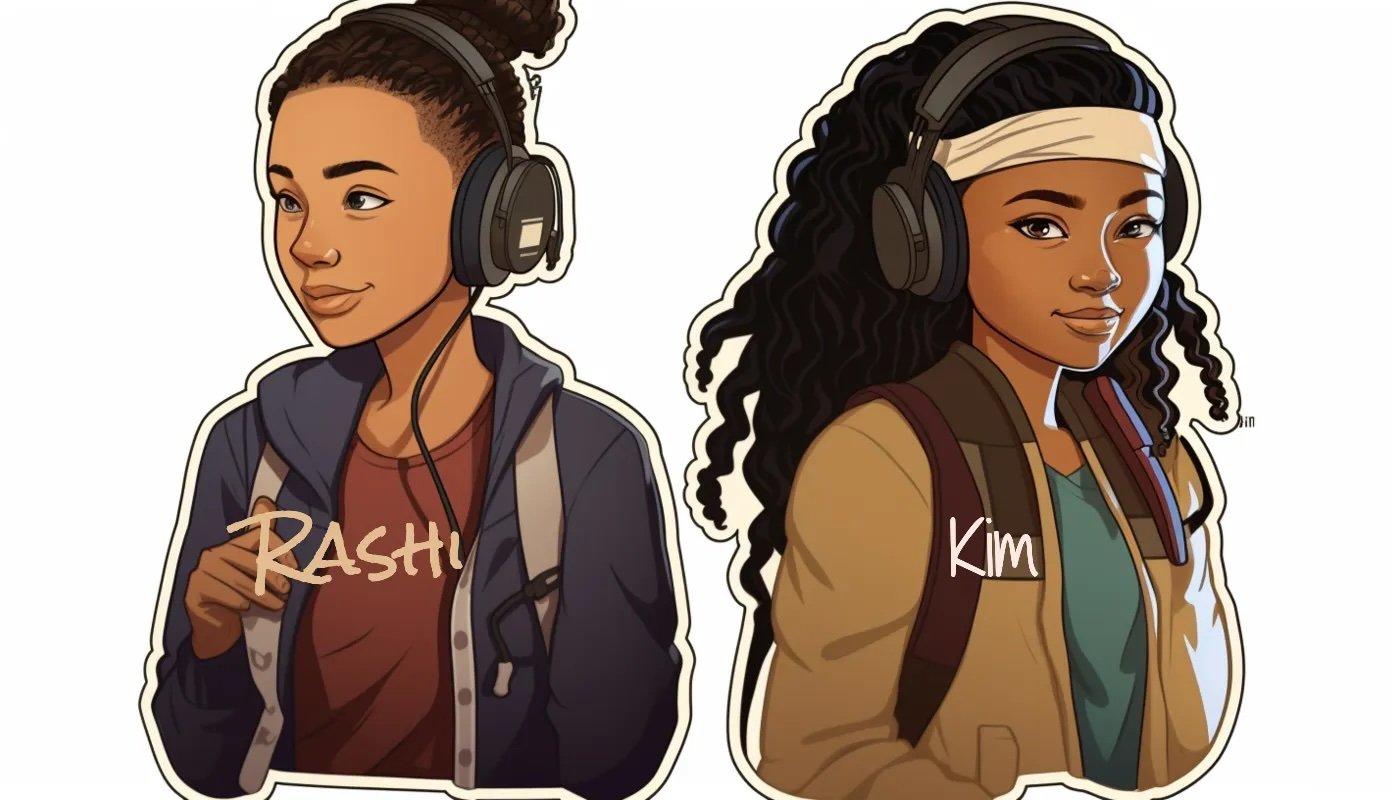
Student Creators vs. AI Cheaters
AI can hinder standardized test-focused education but is beneficial for project-based learning. In the latter, AI empowers students as creators, enhancing learning and boosting engagement.
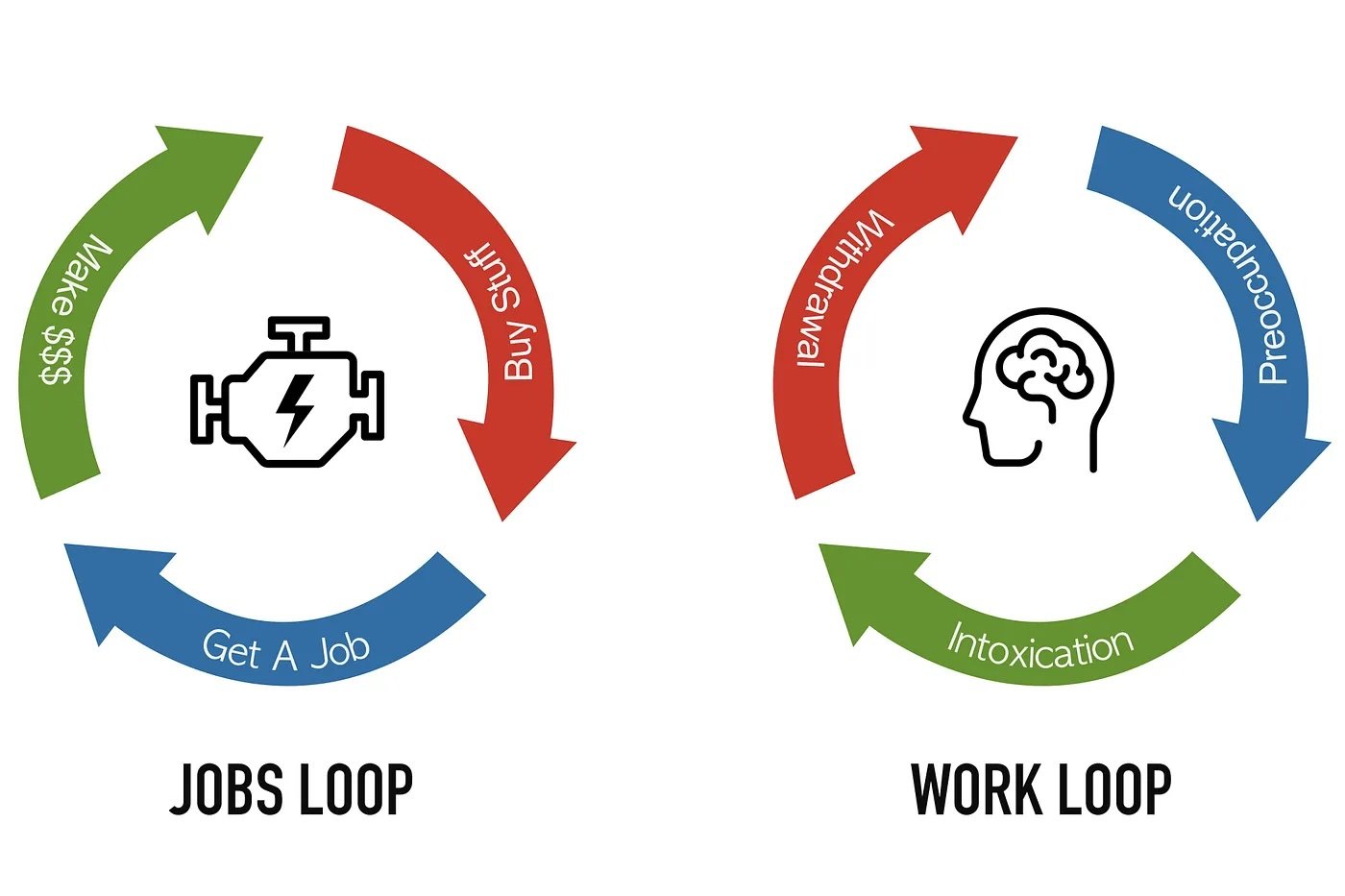
Beyond Followers
The shift from industrial to digital economics is impacting education. Students must learn to be creators, not just consumers. Schools need to foster the 'work loop,' the brain's natural reward system for learning and goal-setting, rather than teaching to standardized tests. hs.credit is a platform that empowers students to create and showcase academic media, providing a gold standard for assessing their abilities.

The Data Dilemma
Standardized tests hinder effective teaching of mindset and create "soft" data. Project-based learning, assessed by educators, provides "gold standard" data, fostering deep learning and student engagement. Hs.credit champions this model with student-created media evaluated by paid experts, aligning incentives with meaningful learning outcomes.
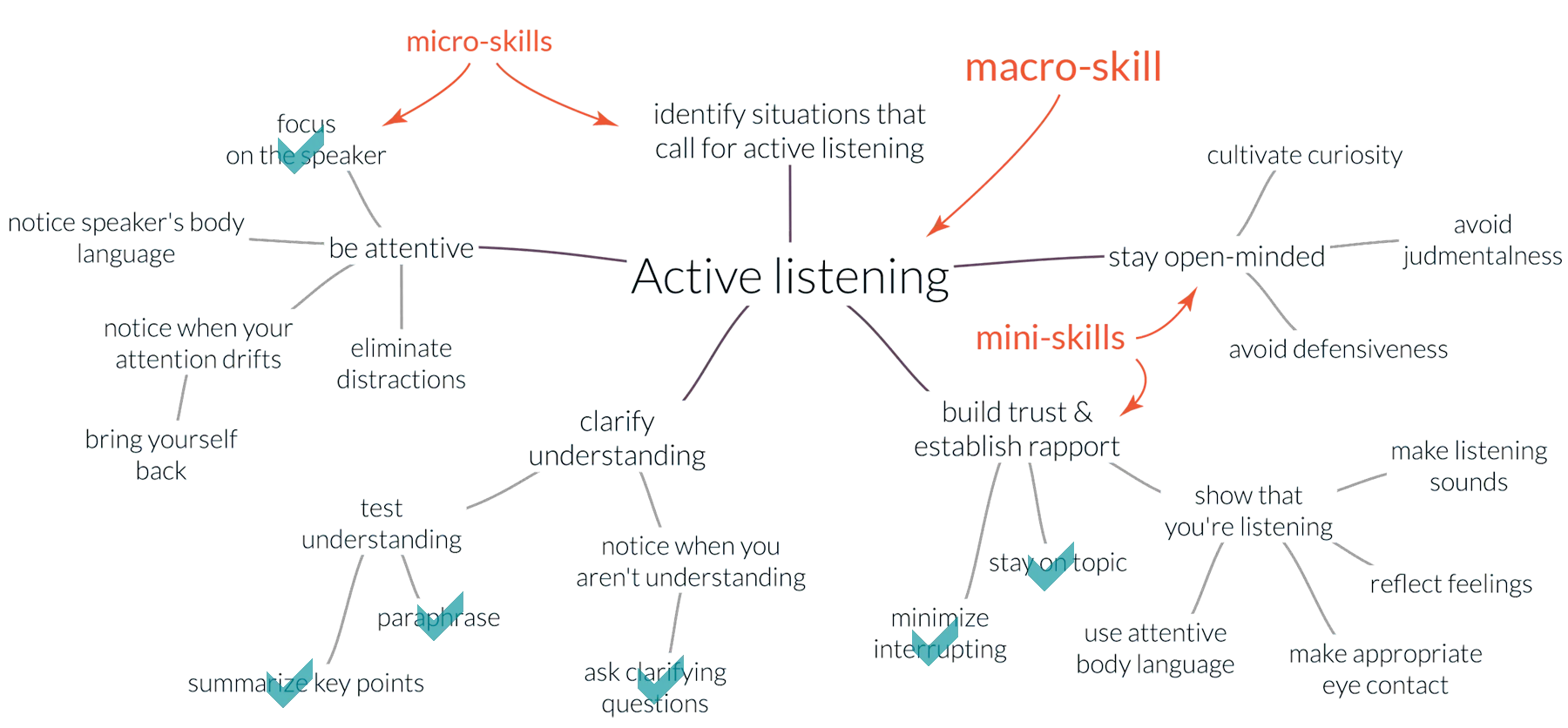
Gold Standard Credits: A New Model for Student Achievement
This is an article about using skill maps to improve decision-making. It discusses how to identify macro and micro-skills from skill assessments. You can then use this information to create a plan to practice specific skills. By focusing on micro-skills and practicing them in context, you can gradually improve your overall skillset.

Bitcoin: America's Declaration of Financial Independence
Bitcoin, a decentralized digital currency, offers financial freedom and security by allowing individuals to control their savings without government or corporate interference. Unlike inflationary fiat currencies, Bitcoin is deflationary and designed to increase in value over time. It is more secure than traditional financial systems and uses less energy than maintaining fiat currencies. While Bitcoin's price is volatile in the short term, it has consistently outperformed other assets over the long term. As a new kind of money designed for individual wealth storage, Bitcoin represents a significant step towards financial independence for individuals and a potential boost for the US economy.
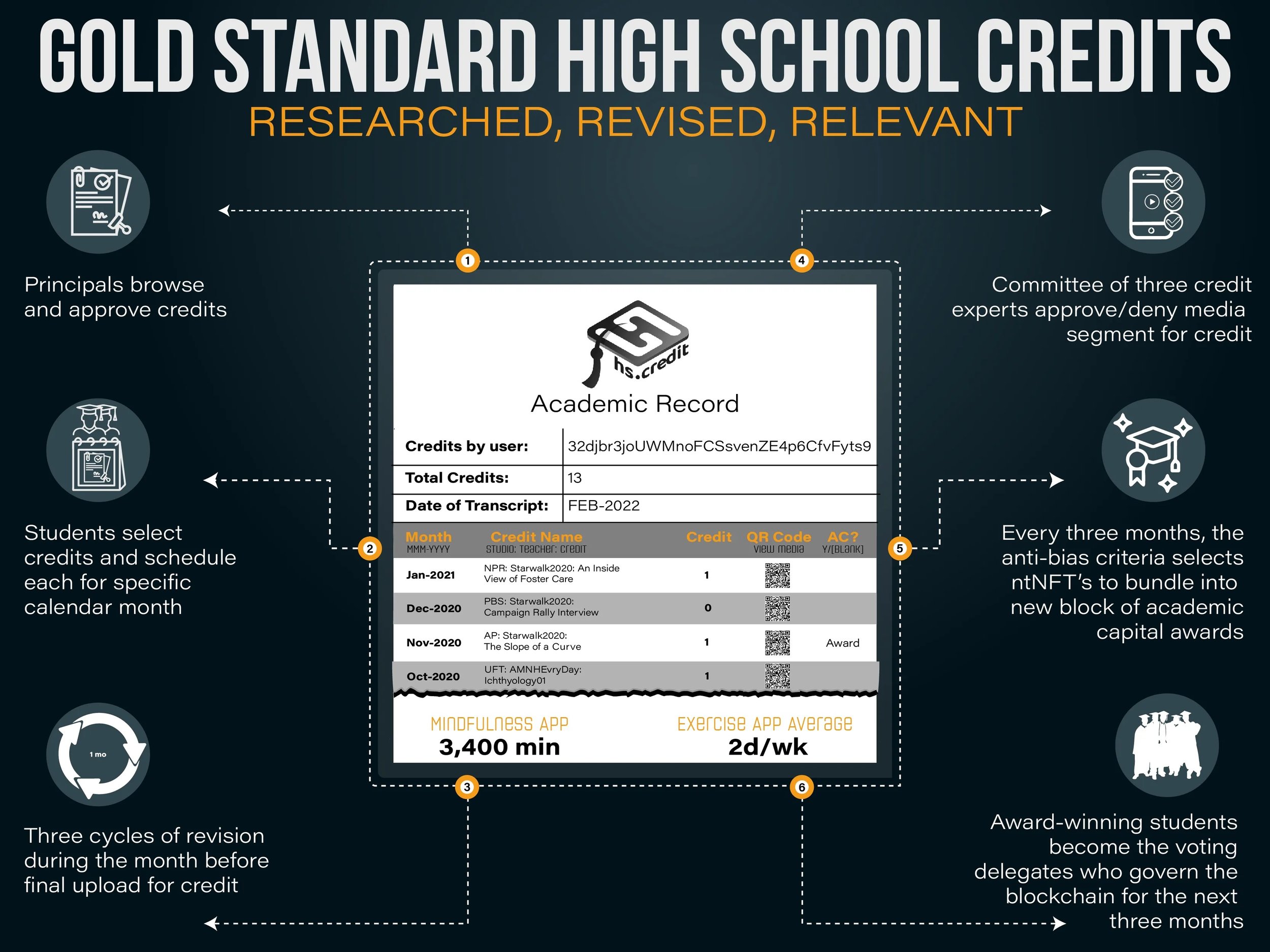
The Digital Age Demands a New Transcript
hs.credit revolutionizes high school transcripts by replacing standardized tests with project-based learning. Students earn credits by uploading monthly video/podcasts, assessed by educators. This approach empowers students, gives educators control over accountability data, and aligns education with the digital economy.

Beyond the High School Diploma
TL:DR: Credits remain meaningful at individual high schools with strong reputations. Many high schools do an excellent job of ensuring value in their credit awards. It follows that academic reputation is a key derivative market of academic capital, measured in endorsements from top universities and trusted third parties such as The College Board or Harvard University.

From Standardized Tests to Student-Created Media
If we distinguish the regime of standardization from the practice of normalization, light is shed on quality educational data. This distinction can at first feel cloudy to educators since in a teacher’s daily practice, these ideals are not neatly differentiated. For example, in order for teachers to grade standardized tests, they must learn to normalize grading practice. Below I offer specific implementation details for systems driven by normalization at the school district, individual school, and even at the level of student-to-student incentives toward greater critical thinking.

Cuomo’s ‘Reimagine Education’ Technology Plan Is Doomed to Fail
TLDR: Cuomo will never implement relevant technology because it would mean he loses control. Education reform cannot come from politicians, it must come from parents, the best teachers, and the open source software movement.

A Response to Current Trends in the Human-Digital Interface
When you have spent time thinking as a “system thinker,” you have certainly concluded that education is a high leverage tool for social impact. I grew up in Chicago where it was rumored that the downtown “Loop” was originally designed with all the corporate rents in the skyscrapers paid to the department of education. This is a similar proposal: fund a basic income for top high school graduates with new cash coming into circulation appearing in their digital wallets monthly.
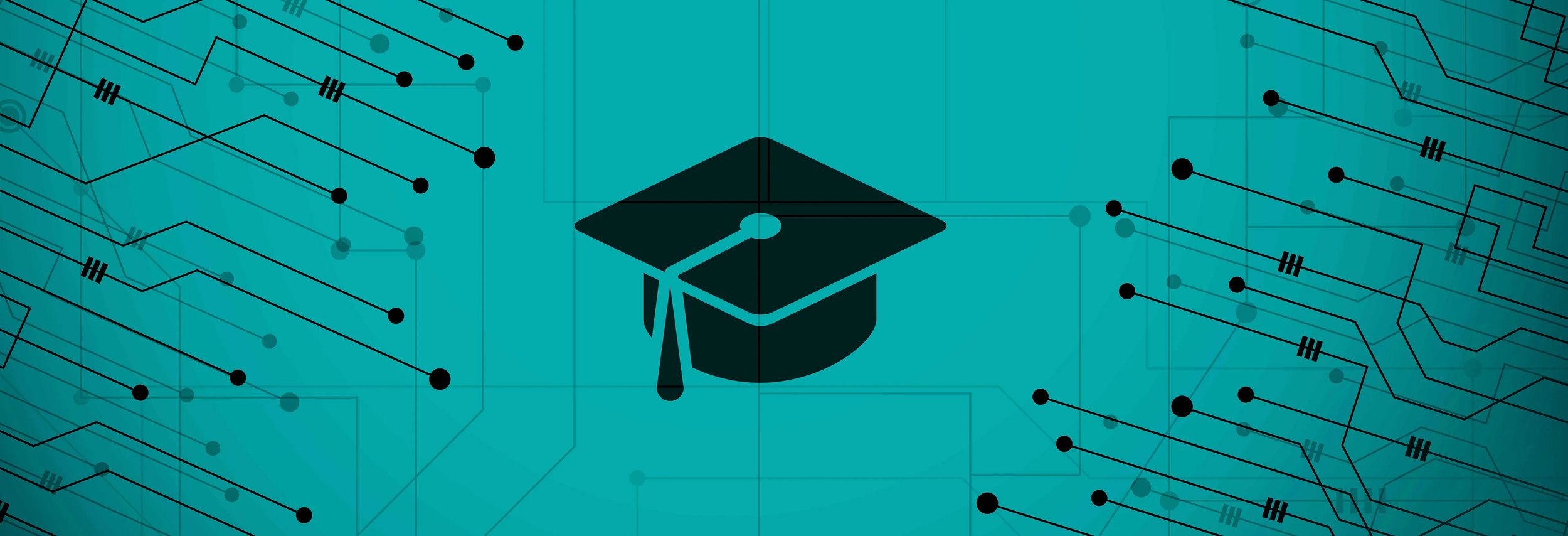
Digital Native Academic Credits
The article that started it all. How would your work in high school have been different if you knew that in order to earn a credit for it, it would be reviewed by three anonymous experts outside your school and, if approved, would be posted online alongside the work of peers across the nation?



